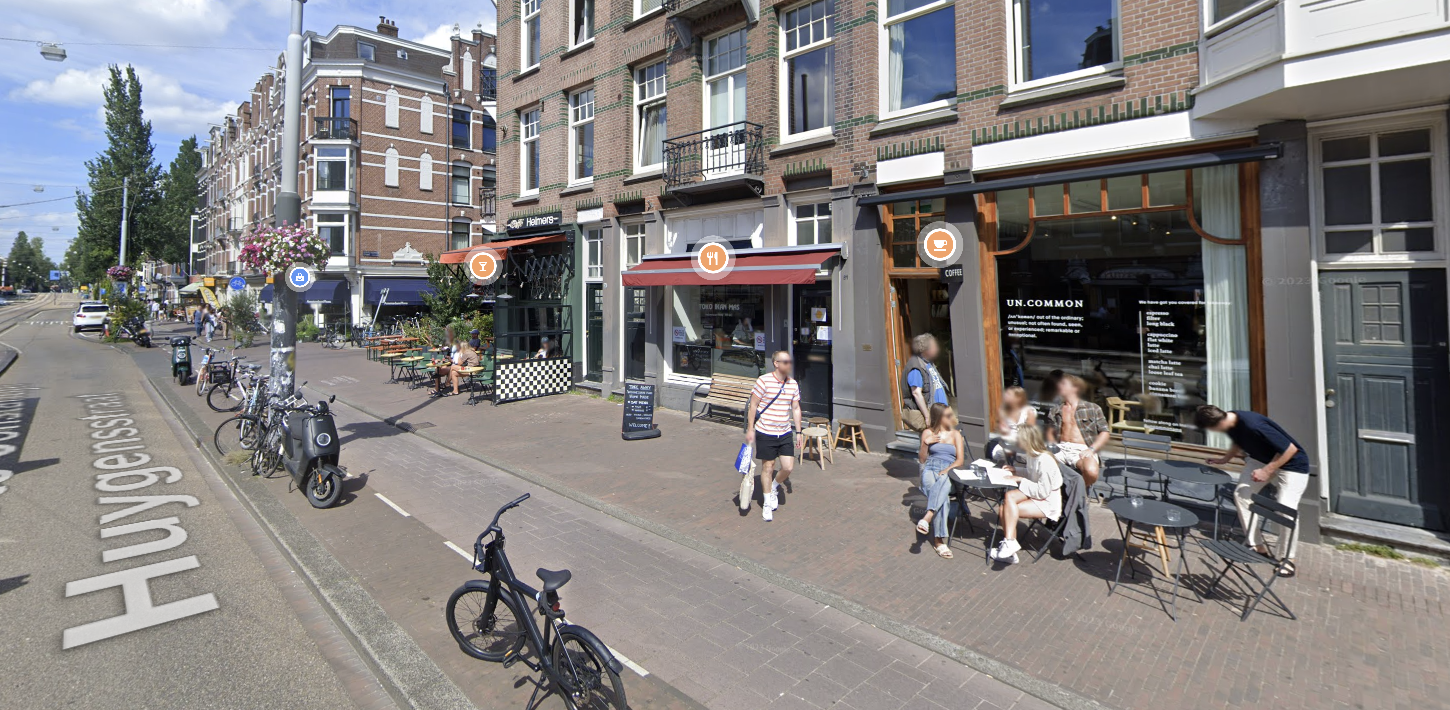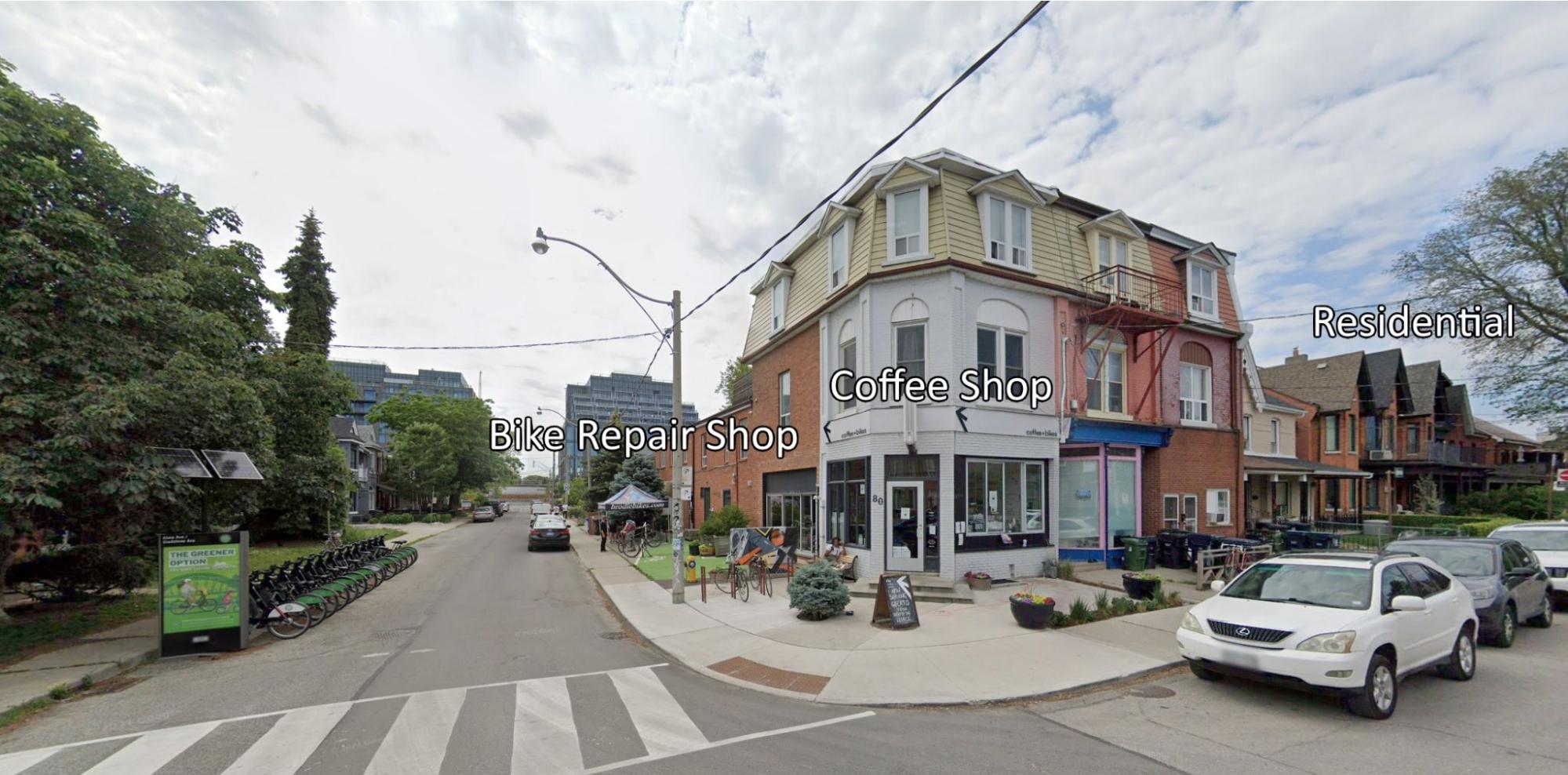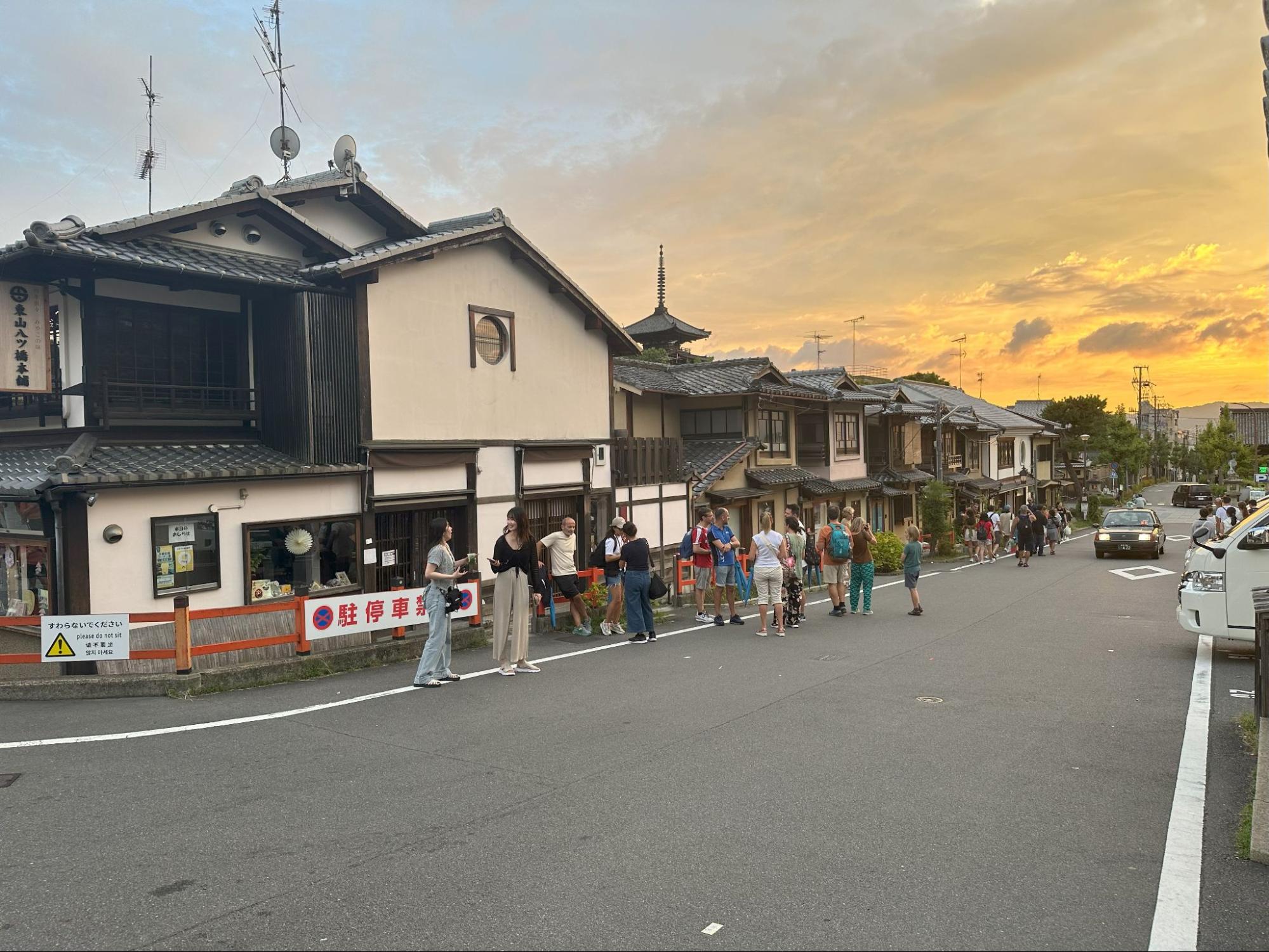
Imagine a city in which you forgot to grab some ingredients for a recipe and instead of getting ready, getting in your car, making the drive to the grocery store, parking, shopping for your missing ingredients, leaving the parking lot and driving back… you could simply walk down the street, buy your missing ingredients and walk back in a fraction of the time. Having the ability to do this anywhere in the city could be possible with a district plan that promotes what’s known as “mixed use” development. This means having a variety of buildings for residential and business use all in the same area instead of separating the residential area from the shops or business area, similar to how we traditionally built cities before they became mainly focused on building for cars. Having shops and businesses mixed in with where people live can do more than just make quick runs to the store convenient, it can create more desirable areas to live, along with other benefits like reducing traffic, making areas safer and building a stronger local community.
I don’t think anyone likes sitting in traffic to get to work, to go to Costco, to bring their kids to school or even to leave the Costco parking lot. What’s happened over time is stores and businesses have concentrated in a few areas, meaning that if there are enough people that want to go there, the volume of traffic will naturally increase. It’s like having a crowd of people trying to use an escalator; only so many people can use the escalator at once, creating a bottleneck. Having areas integrate different kinds of uses in their neighbourhoods can also spread out the traffic so that it’s not all concentrated in the same place, just like how providing multiple staircases and escalators can alleviate the concentration of traffic.
 An example of mixed use in Amsterdam, Netherlands. From Google Maps.
An example of mixed use in Amsterdam, Netherlands. From Google Maps.
It can also reduce traffic by bringing shops and businesses closer to where people live, so that a trip that would normally take up space on the road with a car, could be replaced by walking, or biking. Cars are space inefficient, so the more cars that can be taken off the road, the more space can be used for other uses. This also gives more room for people who need to drive because people who don’t want or can’t drive don’t need to use the road either. Having the ability to reach local shops and amenities on foot or by bike empowers individuals of all ages to be self-reliant, whether it's kids visiting the nearby candy store or seniors renewing their prescriptions at the local pharmacy. Not to mention that neighbourhoods can become quieter in terms of noise with the reduction of engine and tire noise from vehicles, and safer because there are fewer vehicles in general.
Mixed use areas also strengthen local communities by bringing back more “third places”. Third places are the hangout spot that people can regularly visit outside of home and work, like going to the local bar after work. They are the community destination, just as a home is for private life and work is for professional life. Another example is the bike repair and coffee shop, where people can show up for bike repairs and have a coffee, which could be a good place for like-minded bike riders to meet up and hangout. Having these places integrated into areas where people live make them more part of peoples’ lives, instead of people having to go out of their way to get to these other places.
 A bike repair and coffee shop, Fix Coffee + Bikes, in a residential neighbourhood in Toronto. From Google Maps.
A bike repair and coffee shop, Fix Coffee + Bikes, in a residential neighbourhood in Toronto. From Google Maps.
In Japan, there is a concept known as an Izakaya. It’s a destination where people can meet up for casual drinks and snacks after work. These places can be found anywhere from areas filled with office buildings, to more residential areas. These places still exist because Japanese zoning doesn’t specify what can be built, only what can’t. So these sorts of small places are allowed to be built in neighbourhoods and communities, giving them a more lively atmosphere. This concept doesn’t have to be limited to bars and cafés either, things like grocery stores, pharmacies, hardware stores, hobby shops, daycares and more could also be dotted around communities, run by people in the community.
 A photo of shops and cafés mixed in with residential in Japan I took on my trip to Japan. Location on Google Maps for reference.
A photo of shops and cafés mixed in with residential in Japan I took on my trip to Japan. Location on Google Maps for reference.
With the recent passing of the Edmonton zoning bylaw renewal to increase density, promoting mixed-use in the areas that increase in density could further increase the desirability of these areas. In areas with increased density, smaller dwelling units don’t have to be a bad thing. When there are lots of small shops and businesses nearby, mixed in with where people live, the neighbourhood ends up becoming an extension of your home. You wouldn’t have to stock up on bulk items from Costco if you could run down to the store to grab what you needed, you wouldn’t have to fight traffic if you could bring your kids to school or daycare within walking distance in the neighbourhood, you wouldn’t have to sit in congestion to get to work and many other changes.
With these denser mixed-use neighbourhoods promoting closer communities, this could also have people feel more responsible for their neighbourhoods too. Since most people don’t like a messy home, and the neighbourhood being an extension of your home in this scenario, by extension people might feel more responsible for keeping their neighbourhood clean and safe. People may also feel more responsible for helping each other out too, since by being a tighter community, they would recognize and be familiar with people they see more often.
These ideas may sound like the often politicized “15-minute cities”; the idea that people should be able to get to places within 15 minutes though a combination of walking, cycling and/or transit. However, this should really be thought of as traditional planning. By having a district plan promote more mixed-use development, cities would be going back to how they were traditionally built up until the large prioritization of cars in the 50s and 60s, we would be focusing on building our city for people, not cars. Similarly to how good transit alternatives are needed to reduce people’s reliance on cars, promoting mixed-use development in district planning is needed to encourage denser neighbourhoods along with all the benefits they can provide. Like the idea of more mixed use development in Edmonton? Sign up for our mailing list to stay informed on opportunities to make your voice heard in the district planning process.
https://www.strongtowns.org/journal/2022/12/2/recovering-the-lost-art-of-mixed-use-development
https://www.planetizen.com/node/91395/study-reduce-traffic-mixed-use-development
https://www.youtube.com/watch?v=9YspRX7bbTM
https://urbanarium.org/mixing-middle-competition
https://www.cambrianrisevt.com/mixed-use-neighborhood-faqs/
https://www.noahpinion.blog/p/why-japanese-cities-are-such-nice
https://urbankchoze.blogspot.com